 |
 |
 |
 |
 |
 |
 |
 |
 |
 |
|
KICP Workshops & Events
|
KICP Workshops, 2016 Cosmology Using Low Resolution Spectroscopy in the 2020s February 16 - 17, 2016 | Chicago, IL Website Organizers: Daniel M. Scolnic, Scott Dodelson The Kavli Institute for Cosmological Physics (KICP) at the University of Chicago is hosting a workshop "Cosmology Using Low Resolution Spectroscopy in the 2020s" on February 16-17, 2016. The goal of this workshop is to evaluate the cosmological impact of future wide field low-resolution spectroscopic surveys. All of the top surveys will be represented, and the many cosmological studies that these surveys will allow will be discussed. Read more >> Related Links: KICP Members: Scott Dodelson; Daniel M. Scolnic Next-Generation Techniques for Ultra-High Energy (UHE) Astroparticle Physics February 29 - March 2, 2016 | Chicago, IL Website Organizers: Cosmin Deaconu, Toshihiro Fujii, Daniel Hooper, Eric Oberla, Angela V. Olinto, Paolo Privitera, Abigail G. Vieregg The Kavli Institute for Cosmological Physics (KICP) at the University of Chicago is hosting a workshop this winter on the Next-Generation Techniques for Ultra-High Energy (UHE) Astroparticle Physics. The origin of the most energetic particles in the universe could be related to extremely energetic astronomical phenomena or other exotic processes, such as the decay of the super-heavy dark matter in the halo of our galaxy or topological defects created in an early phase of the development of the universe. In order to clarify their origin, it is essential to develop next-generation techniques for detection of their particles by large amounts of statistics. The workshop will address the road map and near-future prospects of cosmic rays and neutrinos above the PeV scale. Included topics are reviews of the latest results, upcoming detectors and techniques, and related theory topics. The anticipated structure is a series of presentations with ample time for discussion and working sessions. Read more >> Related Links: KICP Members: Cosmin Deaconu; Toshihiro Fujii; Daniel Hooper; Eric Oberla; Angela V. Olinto; Paolo Privitera; Abigail G. Vieregg Dark Matter Hub workshop April 25, 2016 | 10:30 AM | ERC 401 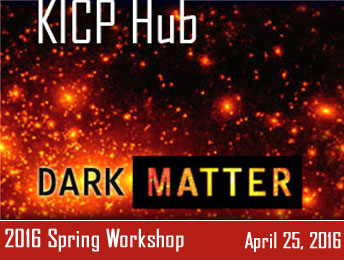 We are hosting our spring KICP dark matter hub meeting on April 25. We will start at 10:30 am and end 2:30 pm (Note that we are starting later than the previous meetings). It will be held in Room 401, Eckhardt Research Center building. We will have box lunches for the participants. This hub meeting will focus on direct detection. After the talks, we will have a discussion at the end on possible new directions to pursue and cooperate.
Related Links: KICP Members: Luca Grandi; Nicole Larsen; Lian-Tao Wang KICP Students: Asher Berlin; Michael Fedderke Photometric Classification of SNIA April 28 - 29, 2016 | Chicago, IL Website | Photo Gallery Organizers: Richard Kessler, Daniel M. Scolnic The Kavli Institute for Cosmological Physics (KICP) at the University of Chicago is hosting a workshop on the Photometric Classification of SNIA on April 28-29, 2016. This workshop will focus on Photometric classification methods and validation techniques for large SNIA data samples. The emphasis will be on defining samples that can be used to measure cosmological parameters, rate vs redshift, and SN-host correlations. Read more >> Related Links: KICP Members: Richard Kessler; Daniel M. Scolnic Graduate Student Symposium May 12, 2016 | 11:30 AM | ERC 401 Hello everyone! We are excited to invite you to the second KICP Graduate Student Symposium that will take place *May 12th from 12-2:00pm.* Last year was a great success and we hope that you will join us again this year. We will have tasty foods being served before we kick things off from 11:30 until 12 Schedule:
Related Links: KICP Students: Hsin-Yu Chen; Brittany Kamai; Philip Mansfield; Pavel Motloch; Zhaodi Pan; Evan Shockley; Joshua Sobrin Scientific projects: South Pole Telescope (SPT); XENON1T Spy vs. Spy, Yerkes Summer Institute August 3 - 9, 2016 | Yerkes Observatory, Williams Bay, WI 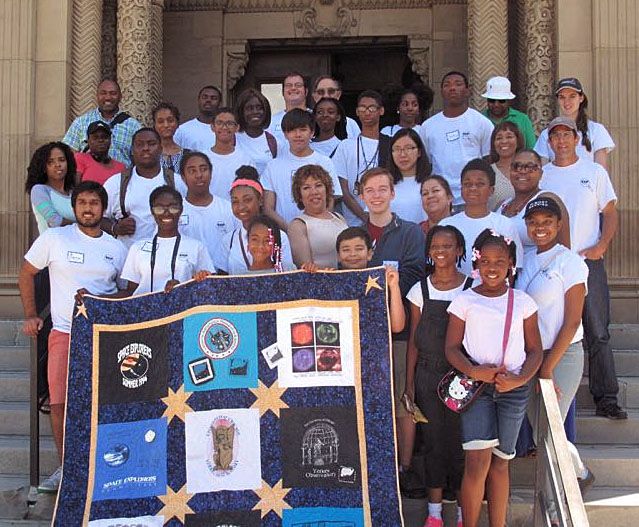 Organizer: Randall H. Landsberg Instructors: Camille Avestruz, Zoheyr Doctor, Gourav Khullar, Richard G. Kron, Randall H. Landsberg, James Lasker, Phil Mansfield, Sam Passaglia, Rebecca Pierce, Jason Poh. The 2016 Yerkes Summer Institute (YSI) was filled with secrecy, deception, and espionage. At YSI, high school students in the Space Explorers program played the role of 20th-Century spies to handle secret information: revealing, concealing and distorting information. Through three day-long lab activities, the students explored connections between spying and science. In the "Secret Photos" lab, they studied angular size, resolution, and the film-development process in order to effectively gather information on "enemy operatives" using 35 mm cameras. In the "Radio Beams" lab, students designed, built, and tested a system to transmit audio via an amplitude-modulated (AM) laser, which allowed them to secretly communicate across long distances. Lastly, techniques to securely communicate were examined in the "Codes and Ciphers" lab, which also served as an introduction to modern cryptography. After cycling through these three day labs, the students broke into three new groups and took one of the labs a step further: one group doctored photographs to spread false information, another built AM radio transmitters and receivers, and the last created treasure hunts using codes and ciphers for the clues. Nighttime activities included: observations with the Yerkes telescopes, astrophotography, explorations of the constellations which focused on what current research can tell us about them (e.g. most know exoplanets were found by Kepler in the constellation Cygnus); and bad weather activities that included examinations of the veracity of viral internet photos, and stories of famous spies. The week's spy-themed activities not only introduced the students to the importance of privacy in the digital age, but also to the concepts and skills that are integral to any modern STEM career. Related Links: KICP Members: Camille Avestruz; Richard G. Kron; Randall H. Landsberg KICP Students: Zoheyr Doctor; Gourav Khullar; James Lasker; Philip Mansfield; Jason Poh "Observing Einstein's Outrageous Universe", Short Course for Museum & Planetarium Staff September 19 - 21, 2016 | Chicago, IL Website Observing Einstein's Outrageous Universe: Gravitational Waves, Black Holes, Neutron Stars, Gravitational Lenses and the Big Bang Who Should Attend: Museum & Planetarium Staff What to Expect:
Course Description A century ago Einstein put forth his theory of gravity. For the first 50 years it was an exotic theory with many untestable predictions thought to be irrelevant to our Universe. Beginning 50 years ago with the discovery of quasars and the cosmic microwave background (CMB), it has become clear that we live in Einstein’s Universe where the extraordinary is now the ordinary and his theory is in full bloom. To study the Universe today you have to understand the cosmic implications of Einstein's theory. We will focus on observable aspects of some of the most outrageous and compelling predictions of general relativity. These predictions include black holes, gravitational waves, gravitational lensing, and the Big Bang. We will explore the recent detection of gravitational waves from the merger of black holes 30 times the mass of our Sun, the spectacular fireworks associated with the death of stars and the formation of neutron stars and black holes, precise measurements of properties of the supermassive black hole at the center of our galaxy, the bending of light due to the gravity of clusters of galaxies, and how we learn about the origin of space, time, and the earliest moments of the Universe. Read more >> Related Links: KICP Members: Michael D. Gladders; Daniel E. Holz; Edward W. Kolb; Randall H. Landsberg; Daniel M. Scolnic; Mark Subbarao; Michael S. Turner CMB-S4 Collaboration Workshop September 19 - 21, 2016 | Chicago, IL Website | Photo Gallery Organizers: John E. Carlstrom, Scott Dodelson, Thomas M. Crawford This is the fourth of a series of biannual "Cosmology with CMB-S4" workshops dedicated to developing the next generation ground-based Cosmic Microwave Background program, CMB-S4. The first two days of the workshop are dedicated to CMB-S4. The third day will be an overlap day with the "Futures Cosmic Surveys", which is being held at Chicago September 21-23. The CMB-S4 workshop will start with a review of the science case presented in the recently completed first edition of the CMB-S4 Science Book, followed by sessions dedicated to working on refining the science driven requirements for the CMB-S4 instrumental configuration. We will review the set of instrumentation white papers, now being drafted, that summarize the current state of relevant technologies for CMB-S4 and identify R&D efforts to advance them for evaluation for possible use in CMB-S4. We will work on the road map to determine the instrumental configuration of CMB-S4. The goal of the overlap day (Wednesday September 21) with the "Cosmic Surveys" workshop is for the two communities to update each other on their future plans and to explore the synergistic and joint analysis of the combined data sets. Read more >> Related Links: KICP Members: John E. Carlstrom; Thomas M. Crawford; Scott Dodelson Scientific projects: South Pole Telescope (SPT) Future Cosmic Surveys September 21 - 23, 2016 | Chicago, IL Website Organizers: Lindsey Bleem, Joshua A. Frieman, Scott Dodelson, Katrin Heitmann On September 21-23, KICP will be holding a workshop on Future Cosmic Surveys. The workshop is intended to gather community input and support for five potential future projects, outlined in "Cosmic Visions Dark Energy: Science", produced by the DOE group. Related ideas were presented in the National Academies sponsored Elmegreen report; the recent NOAO/Kavli sponsored study; and the NRAO 2020 Futures Program. The first day will be an overlap day with the CMB-S4 workshop preceding it; Thursday will be devoted to plenary talks about the five potential projects; Friday morning, we will break up into groups for each project and formulate a plan for developing the case for the projects; we come together Friday afternoon to hear and comment on the individual plans. Topics:
Read more >> Related Links: KICP Members: Lindsey Bleem; Scott Dodelson; Joshua A. Frieman; Katrin Heitmann KICP Students: Alessandro Manzotti Theoretical Advances in Particle Cosmology October 13 - 15, 2016 | Chicago, IL Website Organizers: Andrew J. Long, Wayne Hu, Edward W. Kolb, Lian-Tao Wang Kavli Institute for Cosmological Physics (KICP) is hosting a workshop "Theoretical Advances in Particle Cosmology" this fall on the University of Chicago campus. The workshop will bring together theorists with common interests in early universe cosmology and high energy particle physics. Topics:
Read more >> Related Links: KICP Members: Wayne Hu; Edward W. Kolb; Andrew J. Long; Lian-Tao Wang Life Long Learning Training Session October 27, 2016 | 10:00 AM | ERC 545 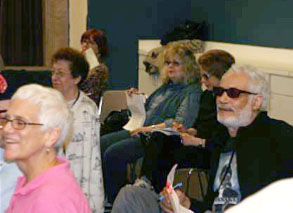 In conjunction with the KICP Life Long Learning program, we are hosting a training session focused on working with older adults. Gerontologist Karen Kolb will conduct a workshop that will explore demographic trends, the physiology and psychology of aging, and practical considerations for presenting to older adults. Related Links: KICP Members: Randall H. Landsberg; Andrew J. Long; Daniel M. Scolnic; Erik Shirokoff Up & Down, Yerkes Winter Institute December 27 - 29, 2016 | Yerkes Observatory, Williams Bay, WI 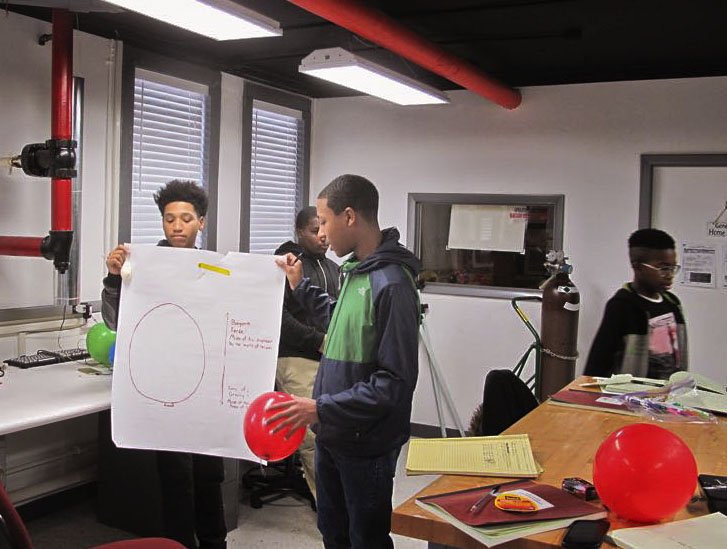 Organizer: Randall H. Landsberg Instructors: Randy Landsberg, Phil Mansfield, Eric Oberla, and Erik Shirokoff. The 2016 Yerkes Winter Institute (YWI) focused on the forces that lift objects up and what happens when they are pushed down. Twenty local high schoolers in the Space Explorers program participated in three labs led by Erik Shirokoff, Eric Oberla, Phil Mansfield, and Randy Landsberg, which focused on pressure and buoyancy. This year's activities included weighing a car using only an air pressure gauge and a sheet of paper, determining how many party balloons it would actually take to lift the house in the film Up! (or the ANITA experiment), and a camp-wide competition where students used Archimedes' Principle to design boats that could carry as many pennies as possible. The activities in this year's YWI will help prepare the Space Explorers for the launch of a high altitude balloon which they will be performing later in the year. Nighttime activities included observations with the 24-inch telescope, identifying constellation and interesting astrophysical objects that they contain, and a slide show of the recent launch of ANITA in Antarctica. Thirty-seven parents and siblings joined the last day of YWI for presentations and closing ceremony. Related Links: KICP Members: Randall H. Landsberg; Eric Oberla; Erik Shirokoff KICP Students: Philip Mansfield |


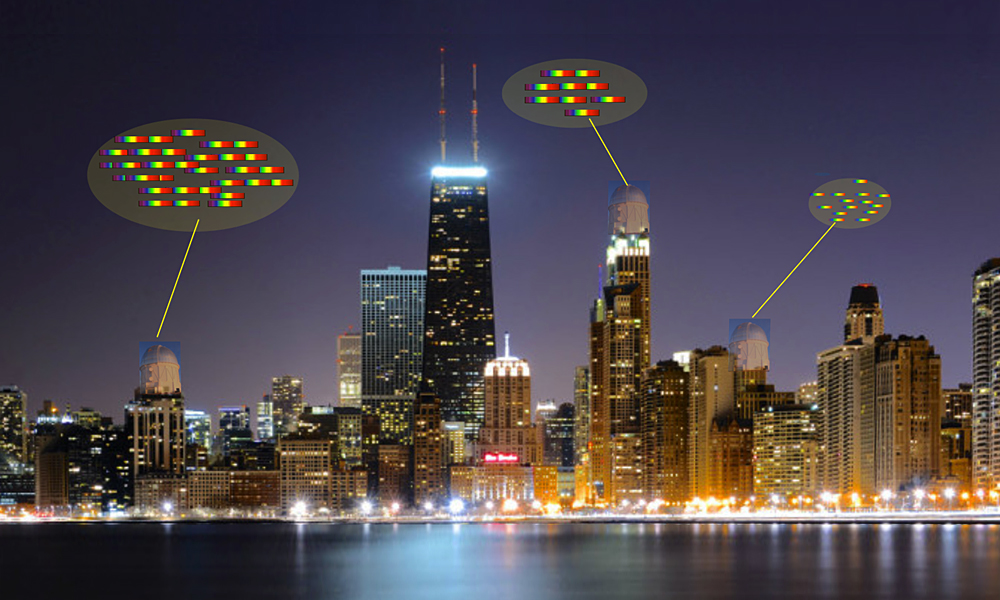
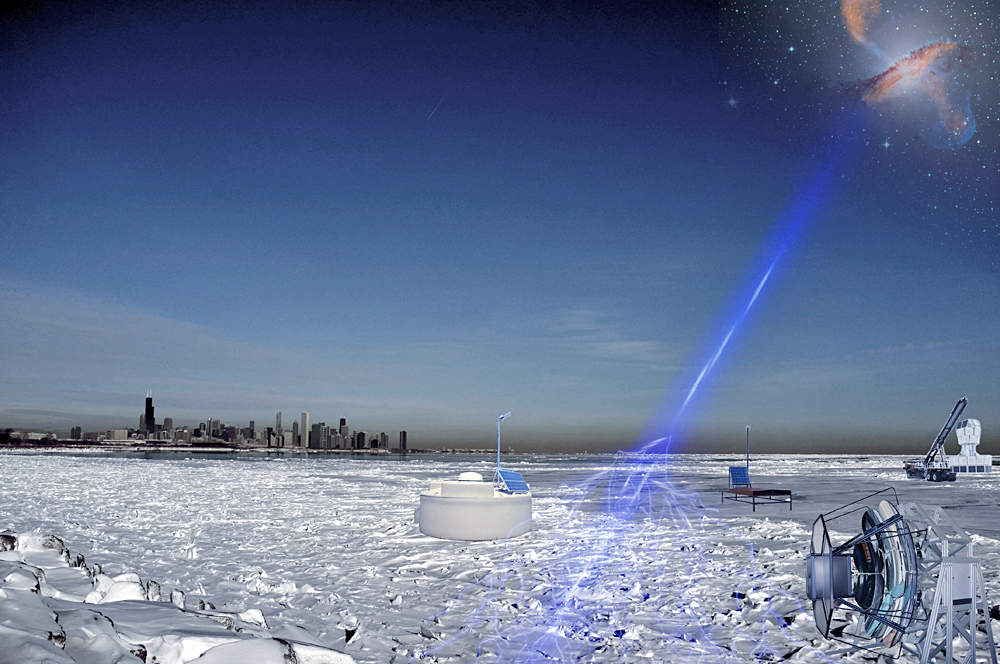
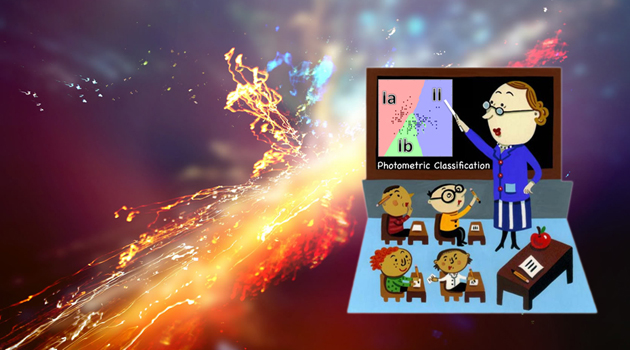
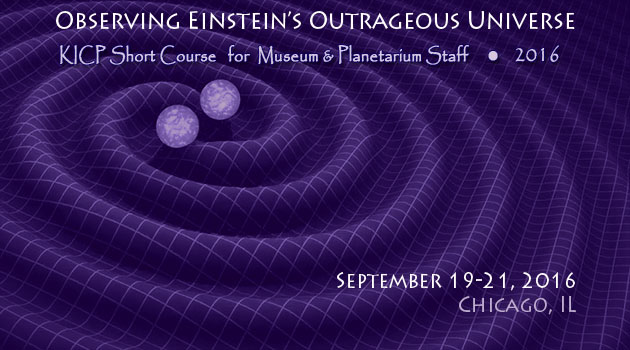
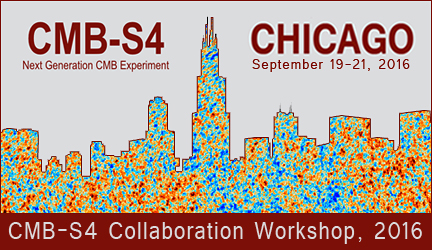
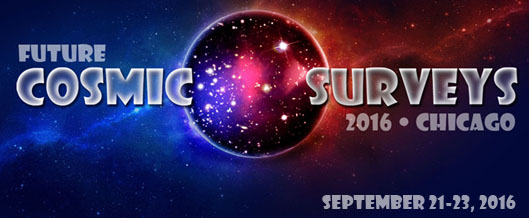
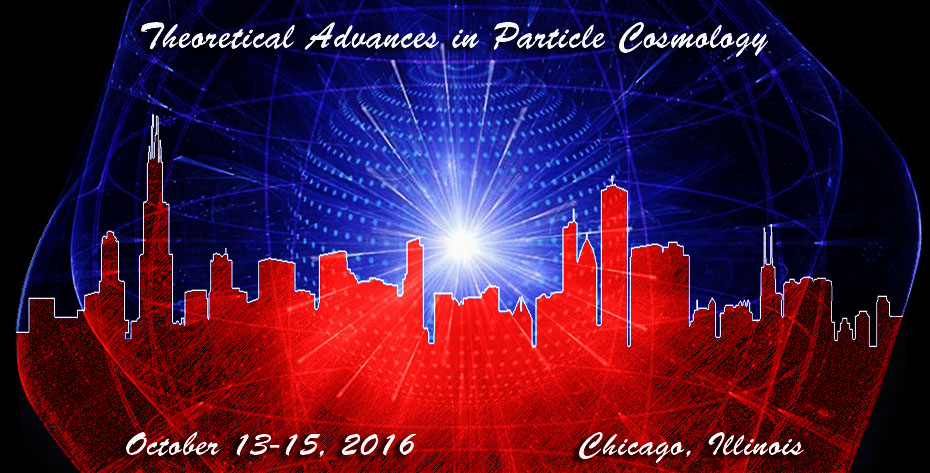



 Overview
Overview